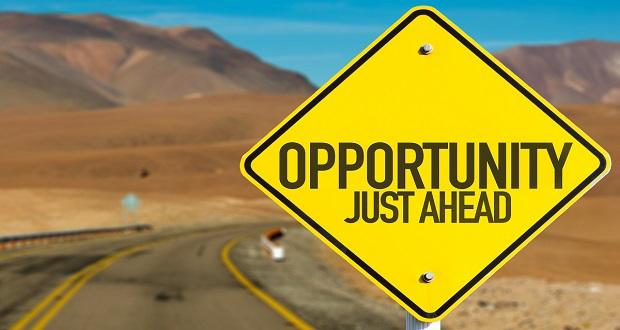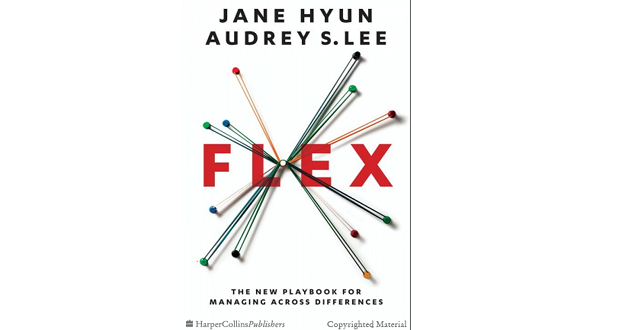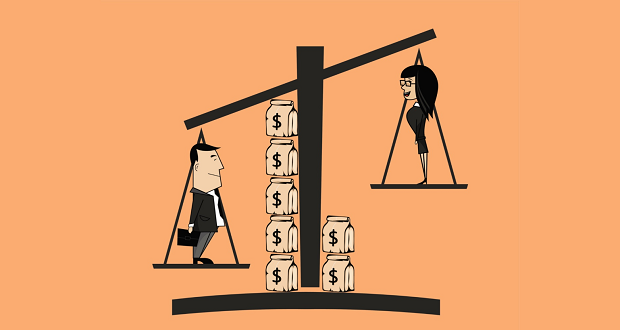Last week, I attended the IDI (Intercultural Development Inventory) Conference in Minneapolis Minnesota, and, as the theme was “At the Crossroads: Discord and Intercultural Development,” I was challenged to consider what it looks like to advocate for people in polarizing times while being a developer of people in the D&I space. Dr. Mitchell Hammer, President and CEO of IDI, LLC, gave the welcoming address on the first day and spoke about the difference between being an advocate and a developer, warning against confusing the two and missing opportunities to do our best work.
An advocate, he posited, is someone who disrupts the status quo, brings people’s attention to a problem, and generally escalates for the purpose of creating space for new possibilities. A developer must be client-focused and engagement-focused, working as an “insider” to meet people where they are and supporting them in being open to and creating those new possibilities while meeting organizational goals. Dr. Hammer acknowledged that both advocates and developers are necessary, but argued that confusing the two could lead us to be doing the right things in the wrong role.
“What if I want to be both?” I thought, defiantly. I consider myself an advocate, but I also consider my job to be creating space for people to do developmental work. As one woman at the conference stood up and said, “I am a developer of people during the week, but you better believe I’m marching on the weekends!”
“Yes!” I thought. And I think she’s on to something – we all have different roles in different areas of our lives. But as I listened, I realized that Dr. Hammer was asking us to consider how confusing the work of the developer and the advocate can lead us to be ineffective, whichever role we are playing at the moment. The developers wouldn’t have work without the advocates, and the advocates wouldn’t make progress without the developers. But we have to know which role we are playing when we’re playing it.
For example, in college, I believed I had to be a full-time advocate, but later realized that I’m more of a developer by nature of who I am and of the spaces to which I have access. At the time, I had a lot of activist friends who were a part of Black Lives Matter protests in Ferguson, and often I felt that I either had to show up as a protester, or I was complicit in racist systems. As a person who considered herself a white ally but is a natural peacemaker and conflict-avoidant person, I struggled with this choice. I occasionally protested with my friends, and I think leaning into the discomfort I felt, listening to black protesters around me chant for their lives, and finding solidarity in the pain of this historical and cultural moment was important. But I knew that ultimately, I wouldn’t be most effective in this space. I was not a natural disruptor – in fact, I’m pretty bad at it.
So, I realized, I may not be a full-time advocate, and I looked for opportunities to do work that uses the disruption advocates create as a catalyst for sustainable change. I needed to find spaces where I was an insider, where my voice could have more of an impact.
And as a white, cis-gendered, straight, economically privileged woman, I am an insider in so many spaces my friends from marginalized communities are not or don’t want to be. But their voices need to be heard in those spaces as well. The trick is, getting people to hear them.
That’s the developmental work. We’ve seen the discord in the U.S. (and all over the world) erupt, and we are finally seeing the roots of some of the underlying problems thanks to dedicated advocates from movements like #MeToo and Black Lives Matter speaking up and speaking out, disrupting the status quo and making space for voices who’ve thus far been silenced. We need to increase the capacity for understanding and empathy in spaces like board rooms, executive offices, government offices, courtrooms, churches, and all places that hold power in our communities. But we can’t ever lose sight of the disruptor, of the advocate – they show us our goal.
See, I still need to show up to a protest every once in a while to remind myself of the solidarity that exists in advocacy and of the urgency of fostering transformation. I still need to lean into my own discomfort around disrupting to remind myself how stubborn the status quo can be – and those protecting it. I still need to connect with people in this work to remind myself how much more I have to learn and how much we all have to teach each other.
I suspect that’s true for most people. We all have spaces where we can be, and need to be, advocates. We all have spaces where we can work to disrupt the status quo, build solidarity as outsiders, and demand more. And, we all have spaces where we are insiders – where we can meet people where they are because we’ve been there, and where we can slowly make space for new possibilities. Sometimes we have to lean in to discomfort and sometimes we need to find our sweet spot. It takes all kinds.
We all have spaces where we can be, and need to be, advocates. We all have spaces where we can work to disrupt the status quo, build solidarity as outsiders, and demand more. And, we all have spaces where we are insiders – where… Click To TweetWhere are or can you be a developer? An advocate? What’s your role in the work towards equity and inclusion, or do you have different roles in different spaces and at different times? Consider where you can be an advocate and a developer using these guiding questions:
- What groups most represent your identity?
- What are the values, causes, and issues that you care about and are willing to sacrifice for?
- In what spaces are you an insider? How can you use your position as an insider to support people in developing the capacity to be self-aware and listen inclusively with empathy?
- In what spaces are you an outsider? How can you use your position as an outsider to challenge the status quo and where can you find solidarity with others?
We don’t have to “pick a lane” when it comes to advocating for people. If inclusion is political, then it requires all our voices, and it requires us to use those voices in different ways in different spaces.




















